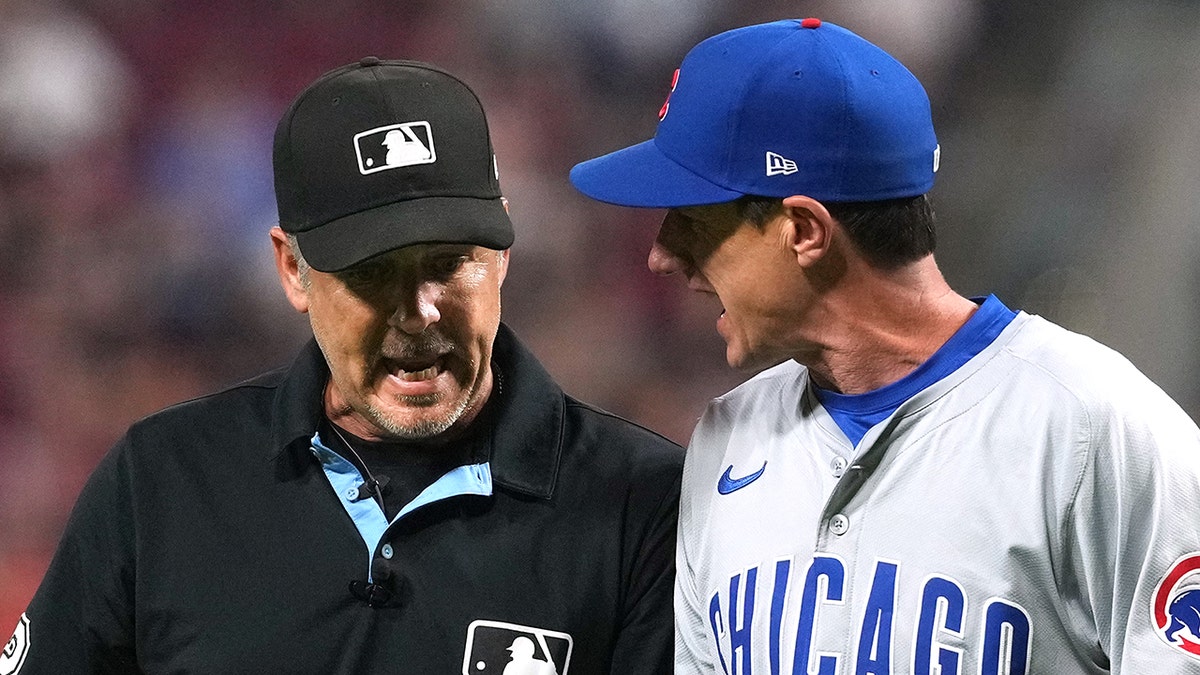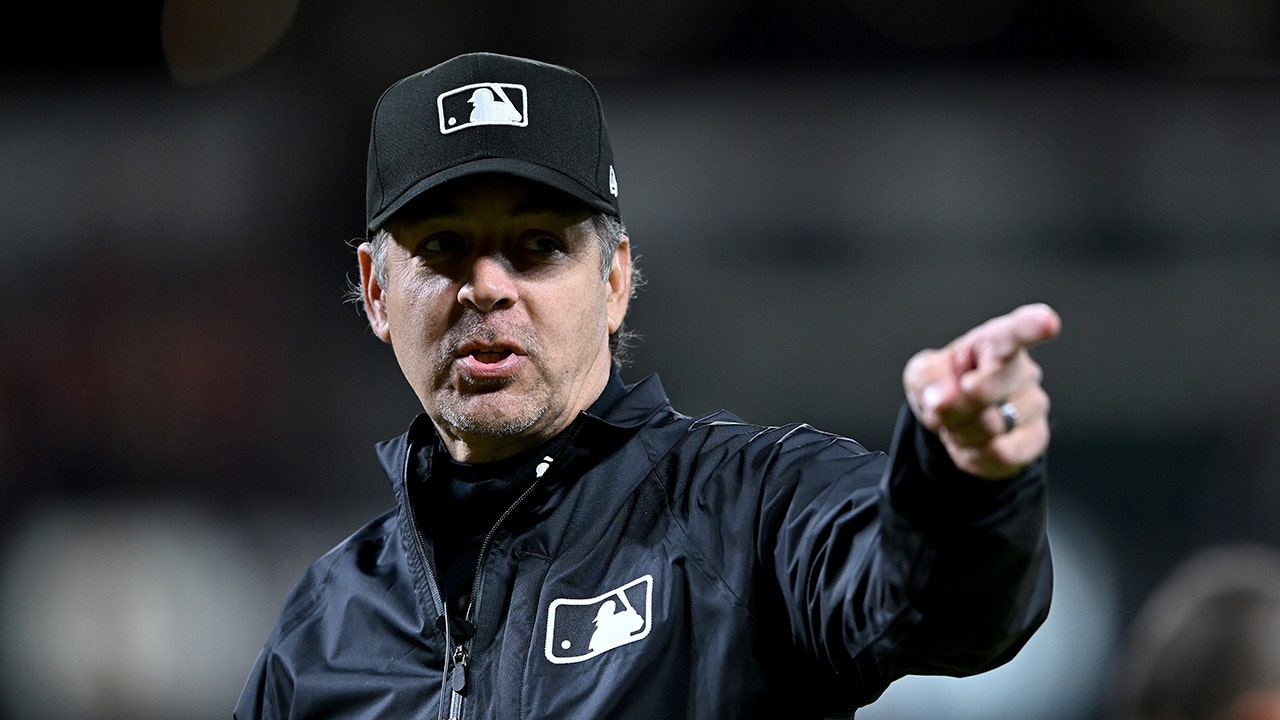NEW YORK — A historic turning point is about to be implemented: MLB has just approved the use of the robot umpire system (Automated Ball/Strike System – ABS) from the 2026 season, as part of the new “challenge system”.
This decision immediately caused a stir among players, teams and fans.

Accordingly, human umpires will still make “ball” or “strike” decisions as they do now, but each team will be allowed to appeal up to two times per game, so that the ABS system can intervene and re-determine.
In overtime, if there are no more appeals, each team will have one more turn.
The average time for a protest to be processed is estimated at about 17 seconds.
The technology behind the decision
ABS will rely on the Hawk-Eye integrated camera tracking system to determine whether a ball has passed through the “strike zone,” based on the height and location of the batter.
The system has been tested at the MiLB level since 2019, at Triple-A since 2022, and in use in spring training and the All-Star Game earlier this year.

The electronic strike zone itself has been adjusted several times: initially 19 inches wide, then reduced to 17 inches to accommodate the width of home plate, and the top and bottom of the zone have been adjusted to accommodate the height of the batter.
A point of contention: while human umpires typically rule in the “oval zone,” the ABS system uses the “rectangle” zone as per official rules.
Baseball’s reaction
Not everyone greeted the news with a smile. Umpires fear losing their decision-making power, players fear being “woke up on every pitch,” and coaches may feel pressure to manage the change. One of the big concerns: will the use of technology take away the “human” aspect of baseball’s intense decision-making?
However, supporters emphasize greater fairness in close calls, reduced controversy, and the ability to limit umpire errors with the human eye. Statistics show that umpires are still right about 94% of the time, according to UmpScorecards.
In testing at Triple-A this year, the success rate of challenges was about 49.5–50%, with catchers winning slightly more (53.7%) than hitters (45%) in challenges.

Looking to 2026: Baseball’s Face Change?
The adoption of robot umpires is a bold shift in MLB history — from “human eyes” to “machine eyes.” It may help reduce controversy, but it may also create a new psychological barrier for players who are used to “fighting” with human umpires.
MLB hopes that with a modern challenge system, fast processing speed and high transparency, the 2026 season will become a major turning point — where technology and tradition meet.
The big question: will robot umpires become a new symbol of fairness in baseball, or will they be criticized as “robots ruining the soul of this sport”? April 2026 will give the answer.
Leave a Reply